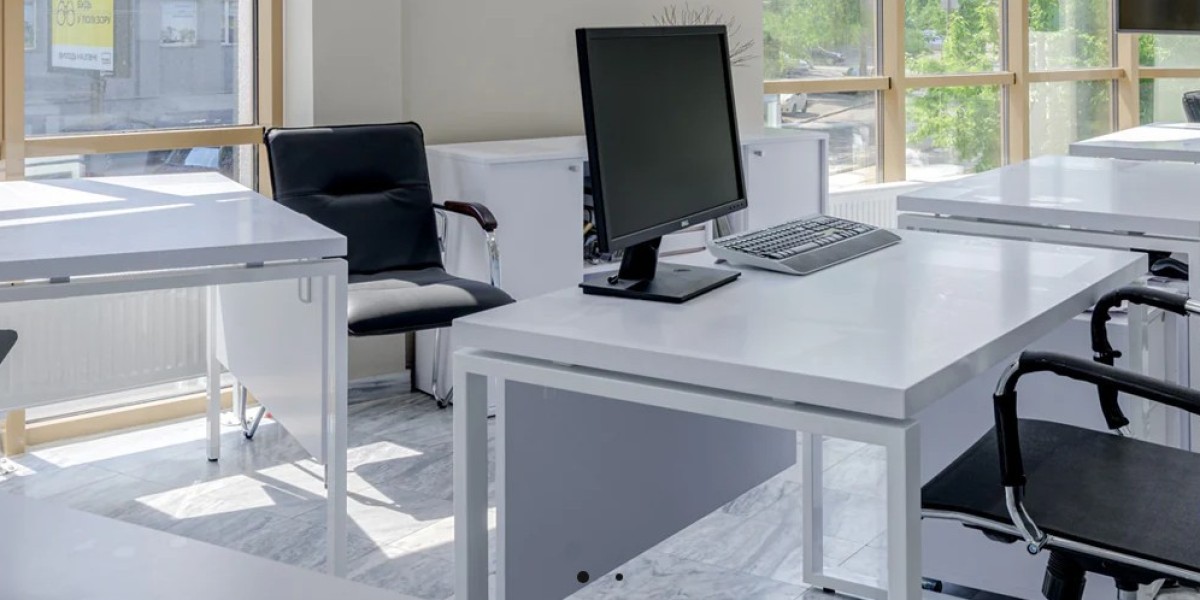Influence over the workplace atmosphere extends beyond mere aesthetics; furniture plays a pivotal role in setting the tone, promoting productivity, and fostering a positive environment. Here's how furniture can be strategically utilized to influence workplace atmosphere:
Openness and Collaboration: Opt for open-concept workstations with low-profile partitions or bench-style desks to encourage collaboration and communication among team members. Clutter-free surfaces and unobstructed sightlines create an atmosphere of transparency and teamwork.
Comfort and Well-being: Prioritize ergonomic furniture solutions, such as adjustable chairs and standing desks, to prioritize employee comfort and well-being. Supportive seating, proper posture alignment, and adjustable workstations promote physical health and reduce discomfort, enhancing overall morale and productivity.
Flexibility and Adaptability: Choose modular furniture systems that offer flexibility and adaptability to accommodate changing needs and preferences. Adjustable partitions, movable seating, and reconfigurable workstations empower employees to tailor their workspace to suit their tasks and workstyles, fostering a sense of ownership and autonomy.
Creativity and Inspiration: Incorporate creative and inspiring elements into the workspace through furniture design. Bold colors, unique shapes, and innovative materials stimulate creativity and imagination, sparking innovation and problem-solving among employees.
Privacy and Focus: Introduce privacy-enhancing furniture solutions, such as acoustic pods, privacy screens, or individual workstations, to provide quiet areas for focused work and concentration. Creating designated zones for uninterrupted work promotes productivity and minimizes distractions.
Socialization and Connection: Design inviting and comfortable lounge areas with soft seating, coffee tables, and collaborative furniture pieces to encourage informal interactions and socialization among colleagues. Casual meeting spaces foster a sense of community and camaraderie, strengthening workplace relationships.
Branding and Identity: Use furniture elements to reflect the company's brand identity and values. Customized furniture finishes, branded accents, and cohesive design themes create a cohesive and visually appealing environment that reinforces the organization's culture and ethos.
Biophilic Design Elements: Incorporate biophilic design principles by integrating natural elements, such as wood, plants, and natural light, into the workplace through furniture design. Biophilic elements evoke a connection to nature, reduce stress, and enhance well-being, contributing to a more harmonious and inviting atmosphere.
Versatility and Multipurpose Spaces: Select furniture pieces that offer versatility and serve multiple functions to maximize space utilization and adaptability. Convertible tables, stackable chairs, and modular seating arrangements enable spaces to be transformed for various activities, events, and workstyles.
Sustainability and Conscious Design: Choose environmentally friendly furniture options made from sustainable materials and manufactured using eco-conscious practices. Sustainable furniture choices demonstrate a commitment to environmental responsibility and contribute to a healthier planet, fostering a sense of pride and purpose among employees.
By strategically utilizing furniture to shape the workplace atmosphere, organizations can create environments that promote collaboration, creativity, well-being, and productivity. From fostering a sense of community to enhancing comfort and concentration, furniture design plays a crucial role in shaping the overall workplace experience and supporting organizational goals.








